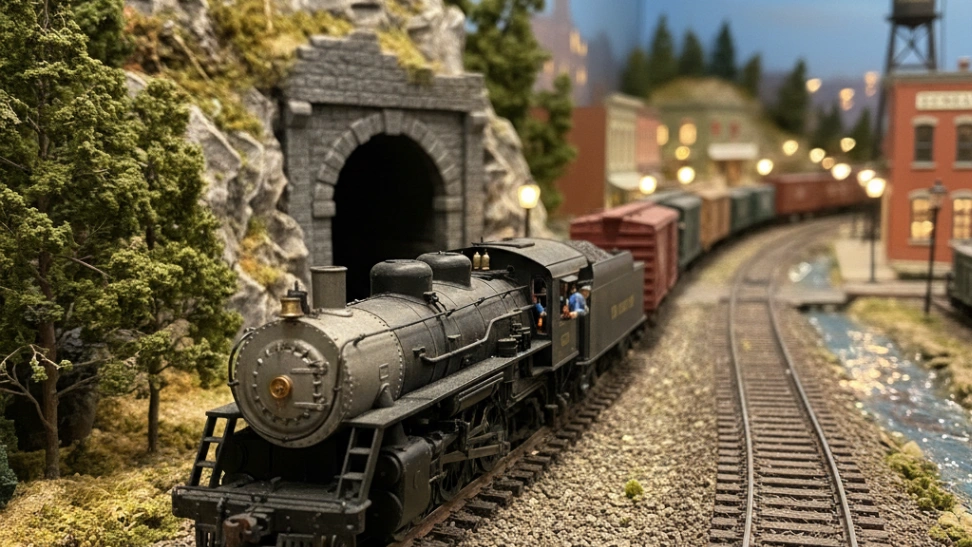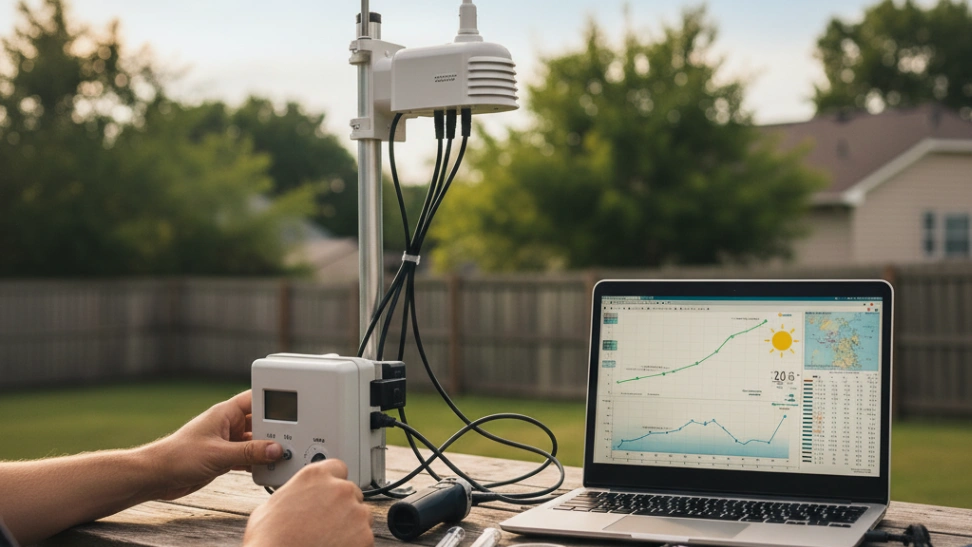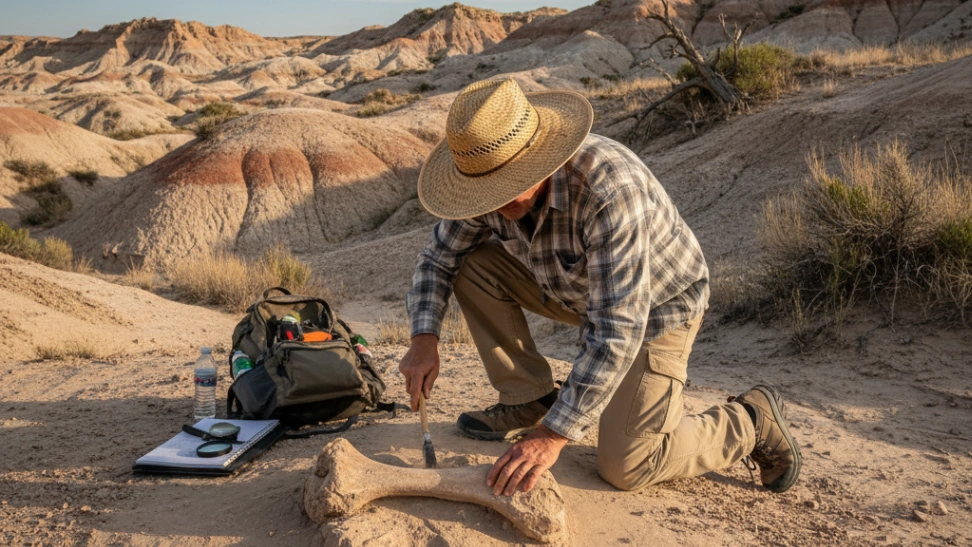Is This Hobby For You?
Ideal for detail-oriented individuals who enjoy intricate building, creative design, and bringing miniature worlds to life.
Why You'll Love It
- Unleash creativity through detailed landscape and structure design.
- Develop technical skills in wiring, electronics, and model assembly.
- Enjoy a relaxing, immersive activity with a vibrant community.
Good to Know Before You Start
- Can become expensive quickly, especially with larger layouts.
- Requires significant dedicated space for building and display.
- Steep learning curve for advanced electrical and digital systems.
Hobby Traits
How the community rates this hobby.
Getting Started: The Essentials
The basic requirements to begin your journey with Model Railroading.
Startup Cost
$400
Community-voted average
Ongoing Cost
Low
Monthly upkeep estimate
Essential Gear
Starter Train Set
Includes a locomotive, a few cars, an oval of track, and a power pack to begin operation.
Basic Hobby Tools
Pliers, cutters, tweezers, hobby knife, and small screwdrivers for assembly and detail work.
Workbench Space
A dedicated, well-lit area for building, painting, and setting up your initial layout.
Scenery Materials
Basic items like foam board, plaster cloth, paints, and glues for creating landscapes.
Learning Curve
Overall Difficulty: Easy
Associated Skills
Skills you can expect to develop while pursuing this hobby.
A Closer Look at the Traits
Purely Indoors
Best enjoyed in the comfort of your own home or a dedicated indoor space.
Very Calm
A deeply relaxing and meditative activity with minimal physical effort.
Purely for Fun
Pursued purely for enjoyment, relaxation, and the fun of the activity itself.
Moderately Mental
Primarily a mental activity, but may have some light physical components.
Purely Creative
A highly creative and expressive outlet for your imagination and artistic side.
Fairly Social
While you can do this alone, it's often more fun with a few other people.
Frequently Asked Questions
Hobby Traits
How the community rates this hobby.



